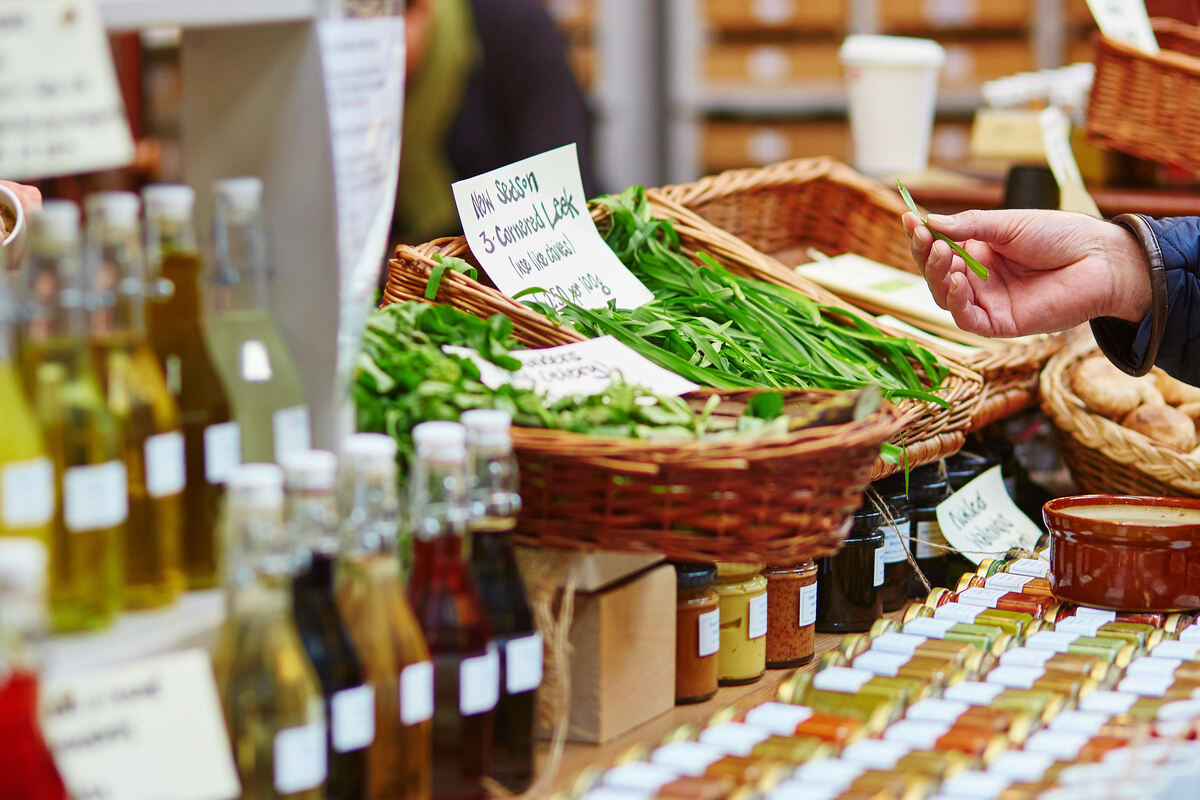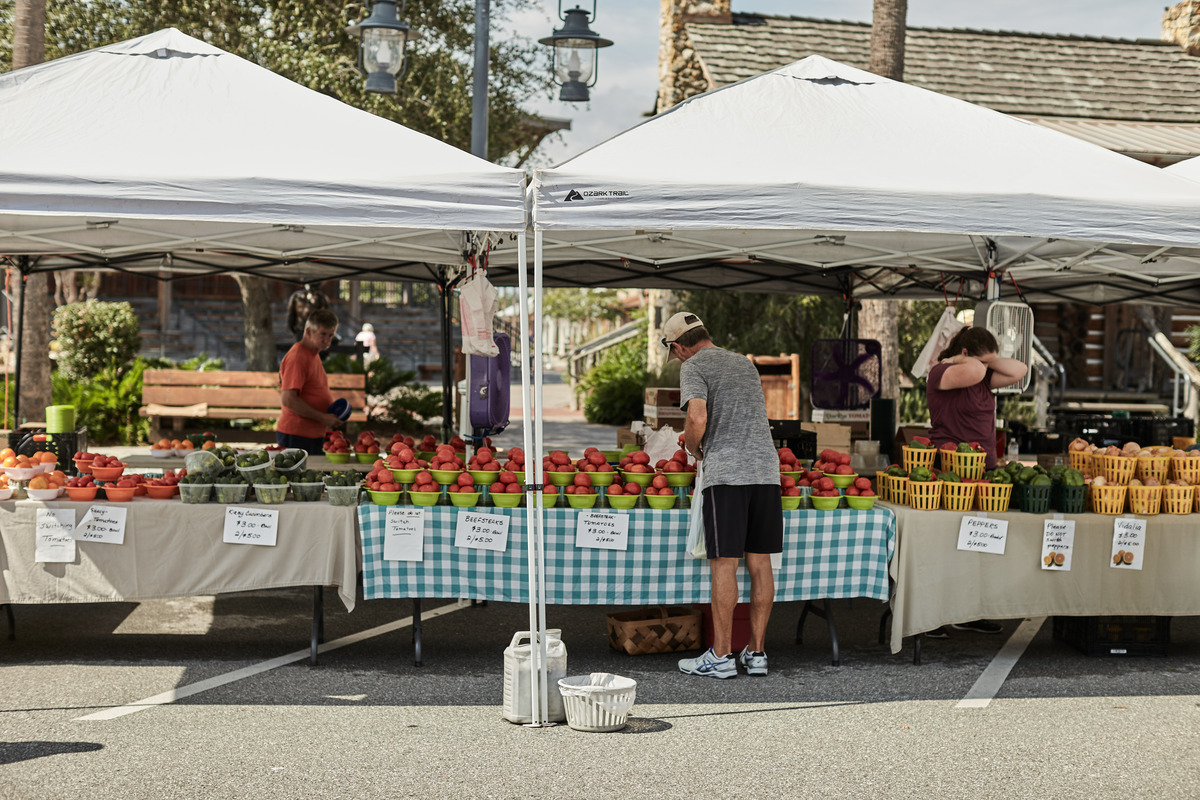Many commercial fishers view fish farming as a threat to their livelihood, fearing more competition and water contamination. Although such sentiments stem from reality, coastal communities stand to benefit from modern aquaculture methods. These six benefits prove that fish farming can be economically and environmentally advantageous for local communities — including those in landlocked towns — when done sustainably.
1. Long-Term Job Security
Aquaculture is a future-proof way to produce seafood. It enables communities to breed fish with or without an abundant water supply.
Indoor ponds use recirculating systems to filter out waste from water continuously and keep it safe for aquafarming. They don’t require running water and only need more when the level dips due to evaporation. Building raceways and rice fields that double as farmed fisheries are also forms of inland aquaculture.
Rapid global warming can compromise the ability of some fisheries to sustain aquatic life and retain species viable for human consumption. While the worst of climate change has yet to come, the fishers in northern West Coast areas already struggle to catch groundfish, as many have moved offshore or into deeper environments to escape warmer waters. When commercial fishers can no longer ply their trade the traditional way, fish farming will allow them to continue doing what they do best — supply seafood to the public.
2. Less Risk
In the United States, 43 commercial fishers die yearly due to traumatic injuries. Vessel disasters, overboard falls, diving, and onboard or onshore injuries account for all fatalities.
Aquaculture eliminates most of the risks associated with commercial fishing. Ponds allow fishermen to catch boatloads of fish without setting foot on trawlers.
They’re not without dangers, but with proper training, managing the hazards in these controlled environments is more manageable than navigating turbulent waves in the middle of nowhere. Additionally, while these ponds integrate into natural bodies of water, injured local workers don’t need a miracle to receive adequate medical attention because they’re near the shore.
3. Tried-and-True Wild Fish Conservation
Aquaculturists give dwindling wild fish populations time to recover without forcing people to remove them from grocery lists. Caviar-producing sturgeon species are an excellent case in point.
These coveted marine creatures have co-existed with dinosaurs. However, they’ve become endangered due to overfishing, especially after more people worldwide developed a taste for them.
Farming endangered sturgeon species to harvest their roe gives policymakers more latitude in bolstering the numbers of these nearly extinct aquatic creatures in natural environments. Socially conscious food distributors like Imperia Caviar source sturgeons from fish farmers committed to raising them in ways that don’t damage ecosystems and meet rising public demand without decimating wild stocks.
This conservation strategy has been bearing fruit. The number of Russian sturgeons in the Sea of Azov has notably grown and developed a multiage population structure, increasing the species’ survival rate in the wild.
4. Abundant Food Supply
Communities hosting fish farms have immediate access to seafood, ensuring enough supply to satisfy local demand and keeping prices stable. Raising the seafood necessary to feed local populations requires fewer resources than catching the same amount in the wild. That’s why farming accounts for over half of all fish humans consume worldwide.
Catfish farming is a shining example. This industry is worth $437 million despite channel catfish and blue catfish — the most consumed species — not being under threat. Many producers opt to be growers rather than hunters to supply credentialed processors such as Heartland Catfish and Guidry’s Catfish more quickly and turn a profit.
5. Good Health
Sustainable fish farming practices help cultured marine organisms grow naturally despite being confined in enclosures. Ponds can use offshore waters, allowing farmed species to receive the same nutrients as their wild counterparts.
In landlocked areas where seafood may be expensive, an aquaculture boom can encourage residents to include fish in their diets without spending a fortune. Seafood is a tasty protein rich in many additional nutrients, especially those the human body can’t produce, like omega-3 fatty acids.
6. Increased Climate Resilience
Restorative aquaculture promotes biodiversity. Diverse genetics among various species living in the many marine ecosystems make aquatic creatures less susceptible to diseases.
Moreover, some critters disperse plant seeds and contribute to pollination in wetlands and underwater habitats. More aquatic vegetation means more impactful carbon sequestration and less atmospheric carbon dioxide fueling climate change.
Regarding food security, more choices are always better than few. You may prefer only some types of seafood, but it’s good to have abundant options in case what you like is unavailable for health and environmental reasons.
How Can Fish Farming Be More Sustainable?
Running a fish farm sustainably takes a series of sound decisions. Otherwise, the operation can become an environmental and social liability. A fish farm can meaningfully reduce its impact on society by:
- Using native species: Growing non-native species is incredibly risky because they may escape from ponds and colonize local ecosystems to the detriment of native critters — a more significant, potentially enduring environmental headache.
- Protecting environmentally sensitive sites: Fish ponds should integrate into natural environments seamlessly or be onshore or inland to avoid disrupting local ecosystems.
- Managing waste properly: Sustainable fish farm design should allow for wastewater treatment to avoid polluting the environment and jeopardizing other aquaculture operations.
- Embracing innovations: Staying up to date with trends and adopting relevant new practices are crucial to maximizing the positive aspects of fish farming and reducing its negative aspects.
- Easing access to finance: Aquaculture facility construction and upgrades can be expensive. Affordable financing options must be available to encourage more people to invest.
- Prioritizing training: Worker competence is vital to the commercial viability of any fish farm, so invest in intensive training and continuous learning to address technical issues and operating errors accordingly and hit financial targets.
Uplift Local Communities With Sustainable Fish Farming
Farming seafood is a rewarding business when done correctly. Introducing aquaculture to communities with or without a long tradition of commercial fishing can create more jobs, bolster food security and aid climate resilience, so encourage policymakers to push for it.









